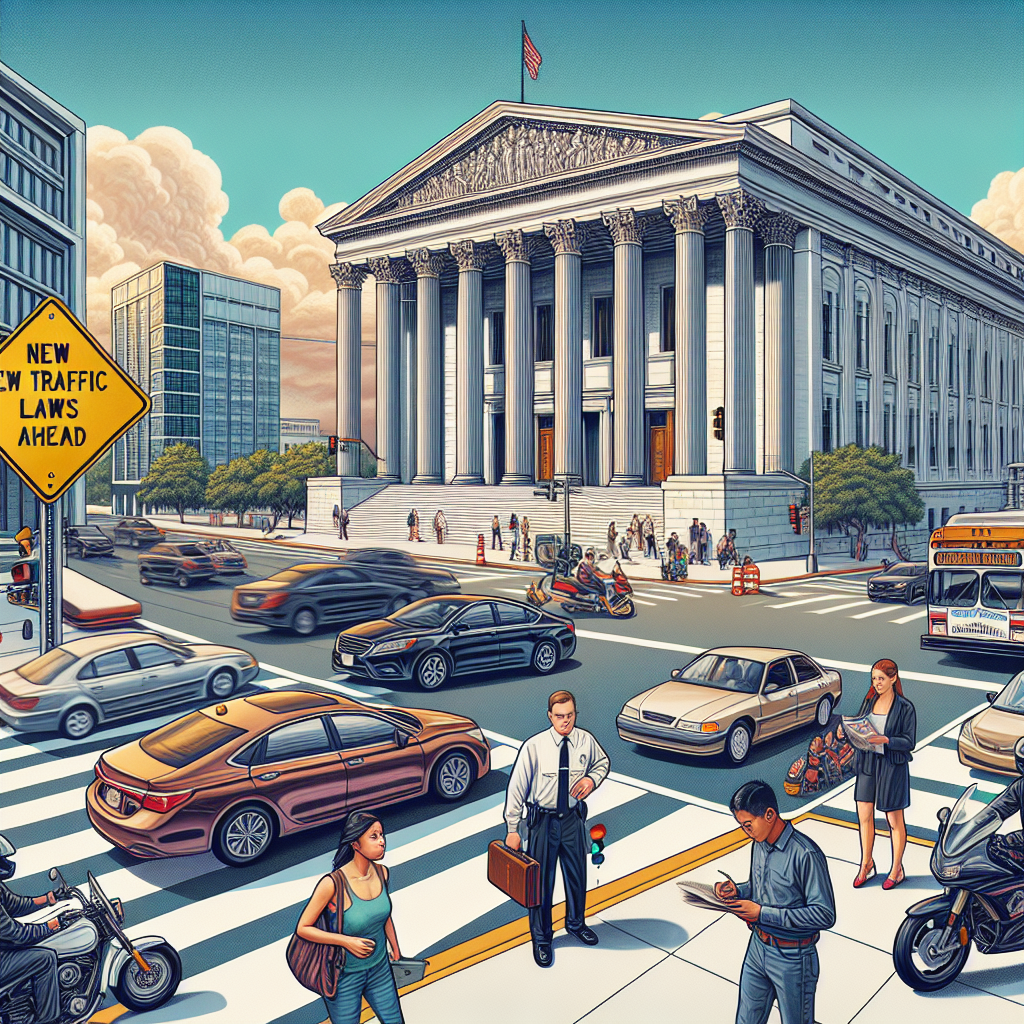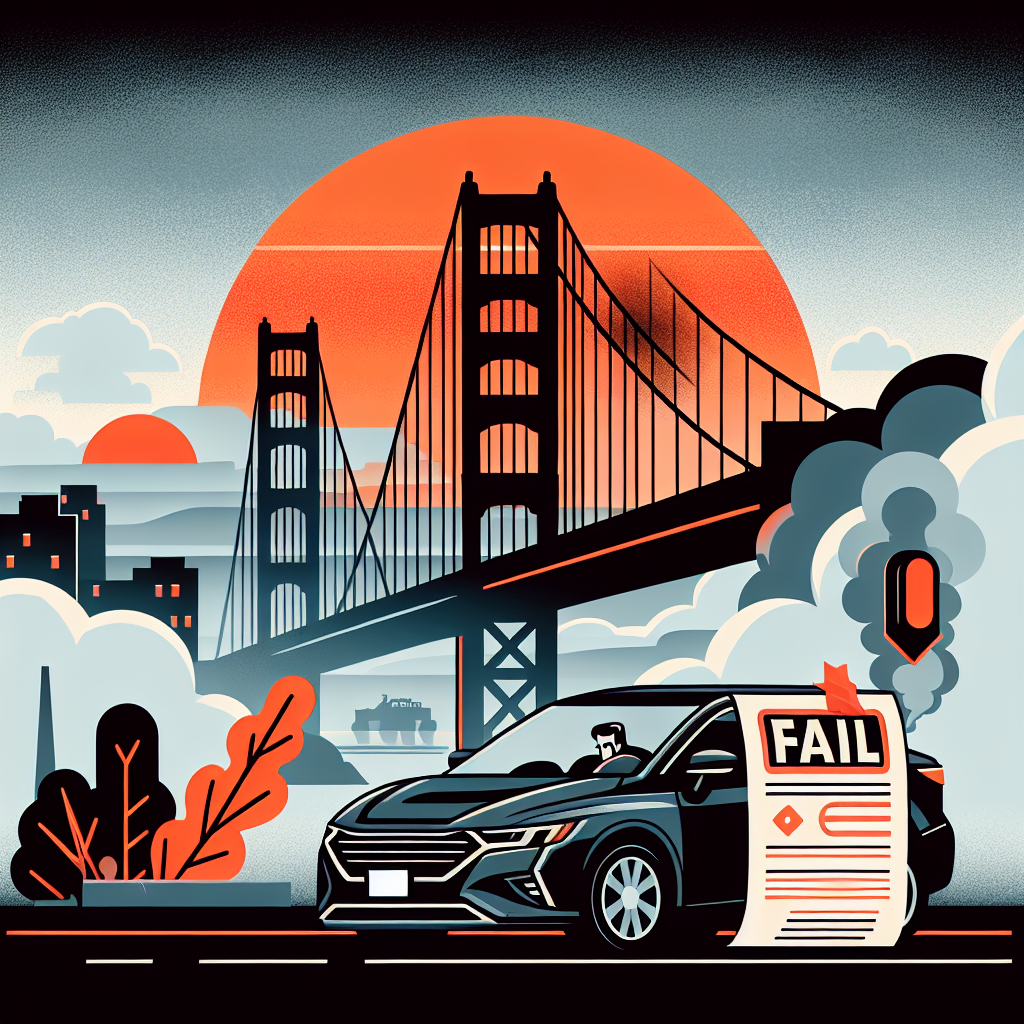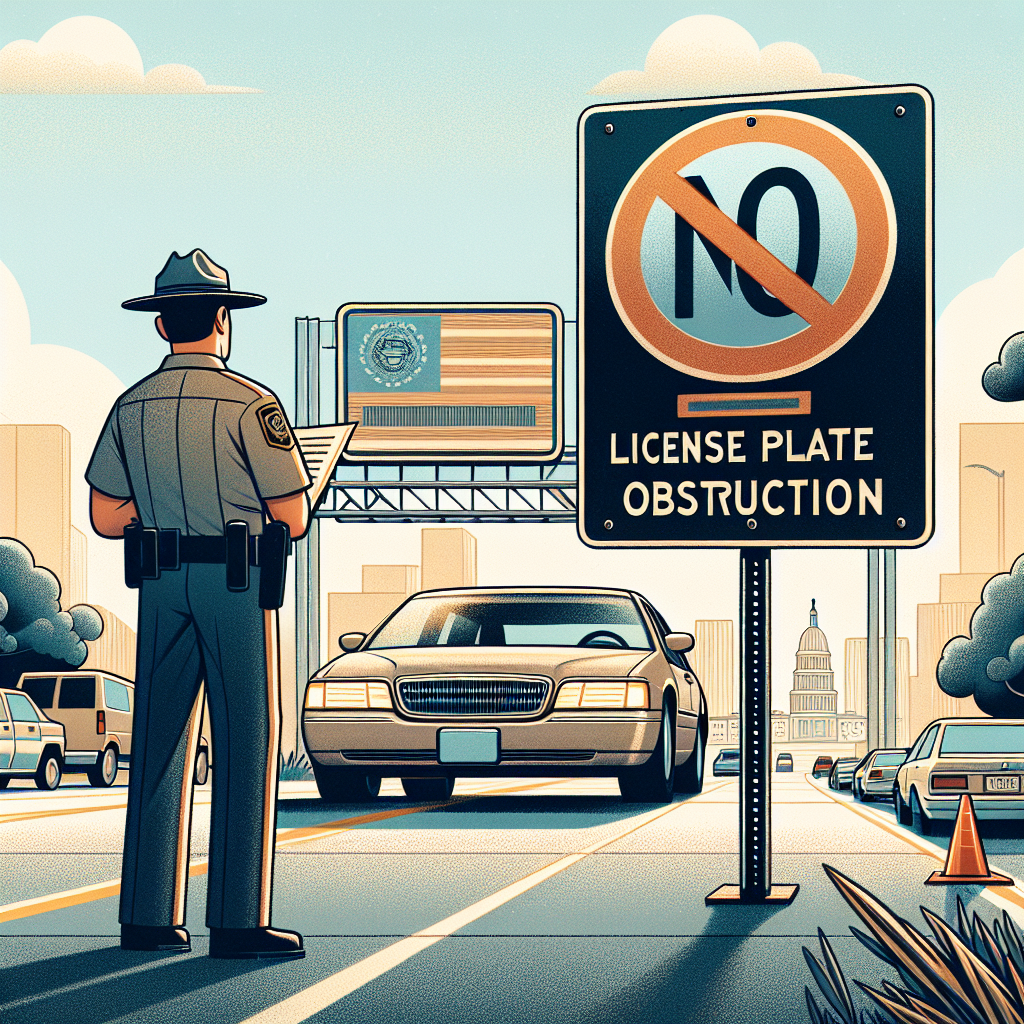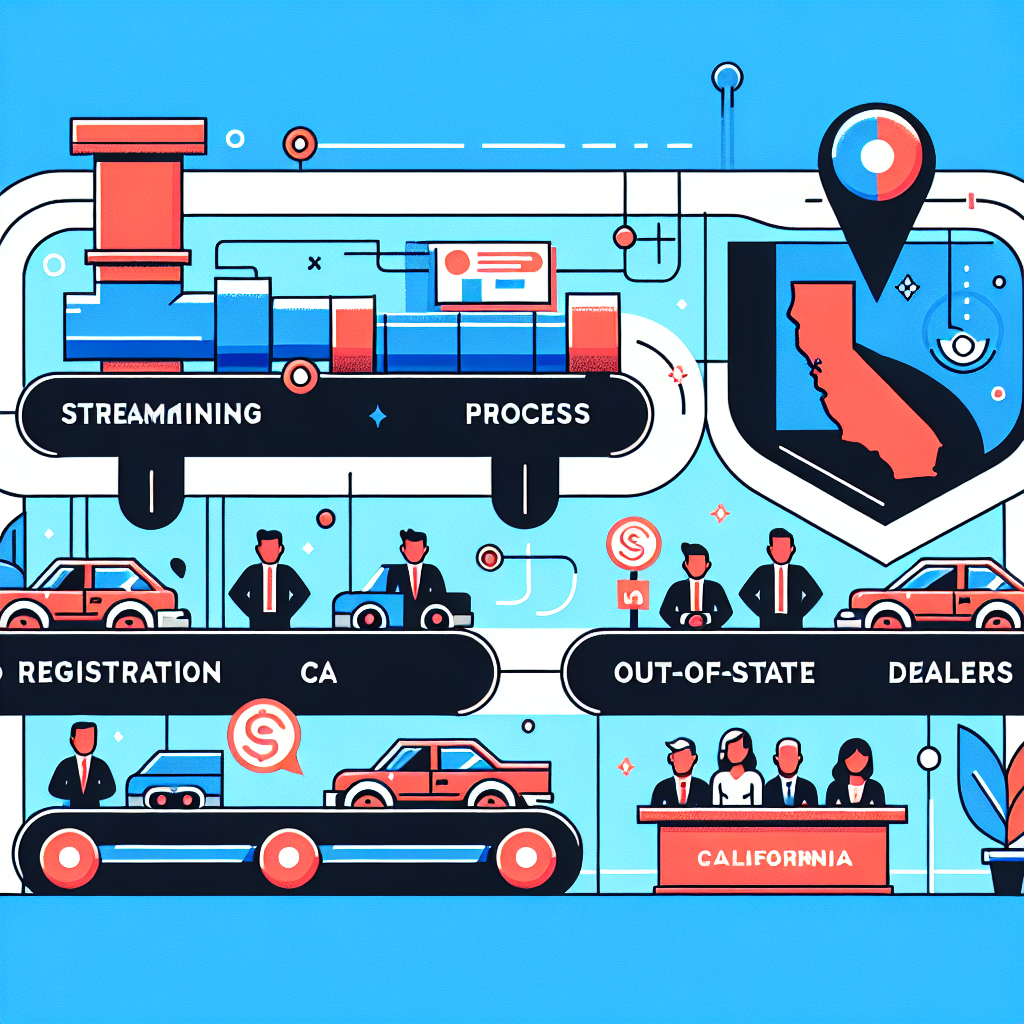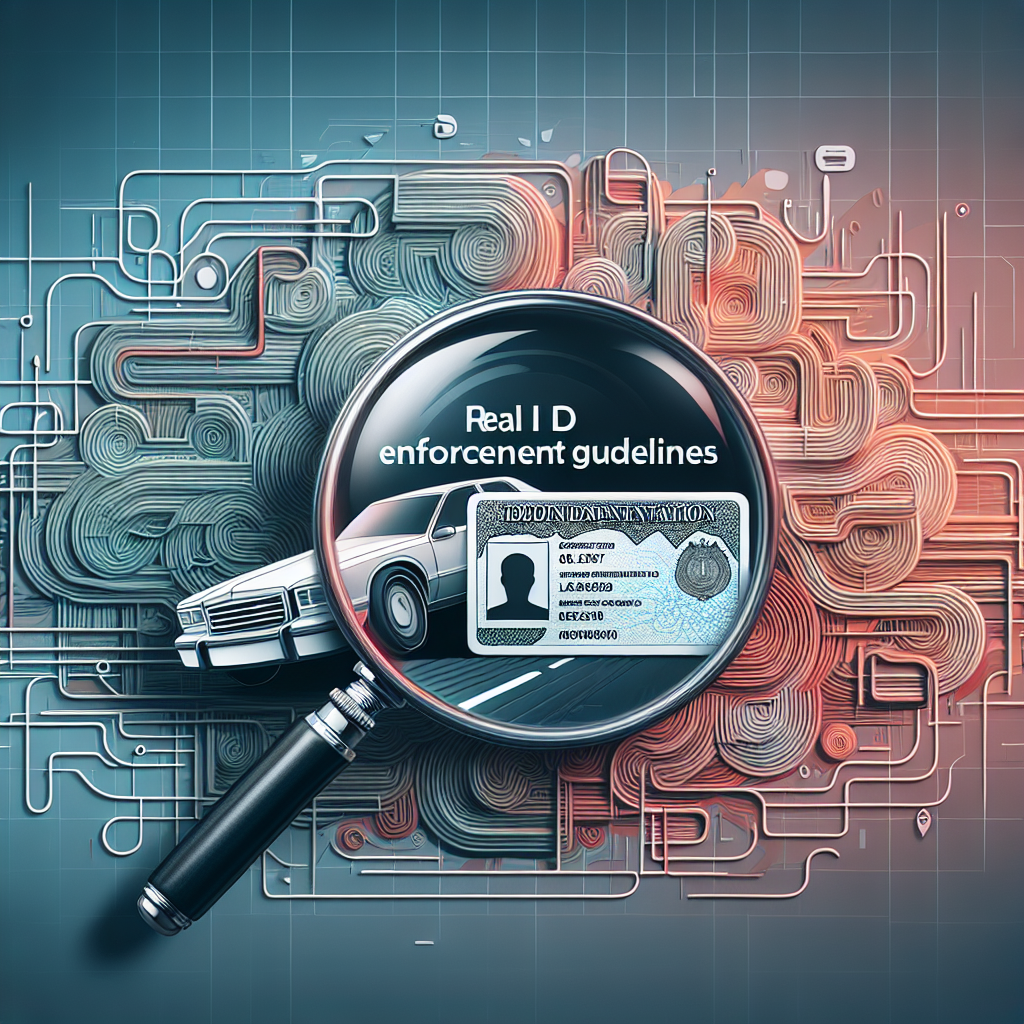DMV Legislative Insights: Understanding New Traffic Laws and Ticket Disputes
Introduction
Traffic laws change all the time, and it’s important for everyone driving to know about these changes. Whether you’ve been driving for years or just started, understanding new laws about traffic tickets is key. This blog will help explain recent laws, how they affect traffic tickets, and what it means if you want to dispute a ticket.
Recent Changes in Traffic Laws
The latest updates in traffic laws can change the way you drive every day:
- Speeding Fines: New rules now have higher fines for speeding, especially in school zones and construction areas. This is because safety is a big concern.
- Red-Light Violations: Penalties for running red lights have changed. In some places, fines go up if you keep doing it.
- Distracted Driving Penalties: Because more people are worried about distracted driving, there’s now a bigger punishment if you use a phone or device while driving.
These changes mean that road rules are stricter and breaking them can cost more money.
How Changes Affect Ticket Disputes
The new laws also affect how you can dispute a traffic ticket:
- More Paperwork Needed: You might need more documents or proof if you want to argue against a ticket as courts adjust to the new rules.
- Online Court Options: Some places might offer you the option to attend court through a video call, which could change the way your case is handled.
- Different Defense Strategies: Old excuses may not work anymore, so you and your lawyer might need a new plan.
Knowing these changes can help a lot if you’re planning to contest a ticket.
Real-Life Examples
Here are some examples showing how these law changes matter:
- Example 1: A driver tries to fight a ticket for using a phone while driving but learns that the usual excuses don’t work under the new rules. This shows how important it is to know the new laws for your defense.
- Example 2: Imagine getting a ticket for speeding in a new school zone. The fine is higher during school times now, showing why it’s important to pay attention to new traffic signs.
Experts say drivers should know about these changes and be ready when disputing a ticket.
Tips for Drivers
If you get a ticket with these new laws in mind, here’s what you can do:
- Stay Updated: Regularly find out about changes where you live, so you’re always in the know about your legal responsibilities.
- Collect Proof: Gather as much evidence as you can, like pictures, witness notes, or dashcam videos, to help you if you’re disputing a ticket.
- Ask a Lawyer: Talk to a traffic lawyer who knows the new laws well. They can give helpful advice for your case.
These tips will improve your chances if you need to fight a ticket.
Expert Thoughts
Traffic lawyers and lawmakers offer insights into why these new laws exist. Many agree that safety on the road is a big deal.
Experts also think future laws might get even tougher, especially about distracted driving. It’s important to keep up with any new changes because they affect all drivers.
Conclusion
Knowing about new traffic laws is important for dealing with ticket disputes. The recent updates show a focus on safety, meaning it can be harder for drivers contesting a ticket.
If you get a traffic ticket, knowing these changes and being ready can help you a lot. Don’t hesitate to get legal advice to handle ticket disputes successfully.
Call to Action
Have you ever disputed a traffic ticket? Tell us your story in the comments below. For more help and resources, check our DMV guide section or contact a traffic lawyer for personal advice. Stay informed and subscribe to our blog for more updates and information on traffic laws.
Visit Tags Clinic
We encourage you to visit Tags Clinic at 3845 University Ave, San Diego, CA for more information and assistance. Get the help you need and don’t hesitate to call us at 619-777-9046. Click here to access more information online. See you there!
